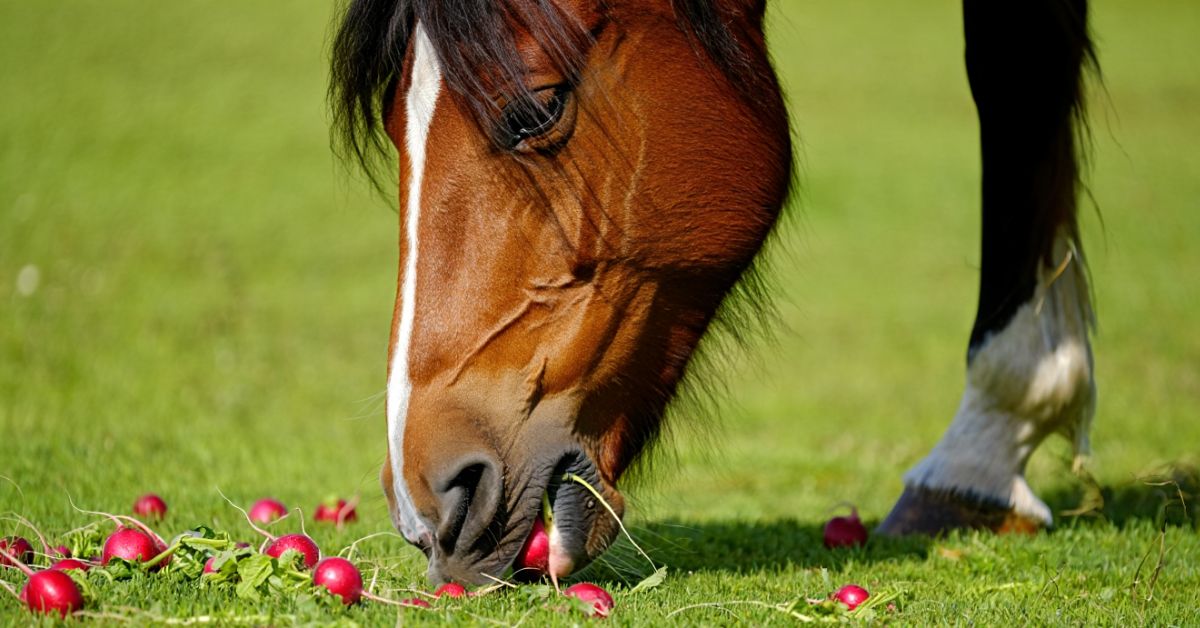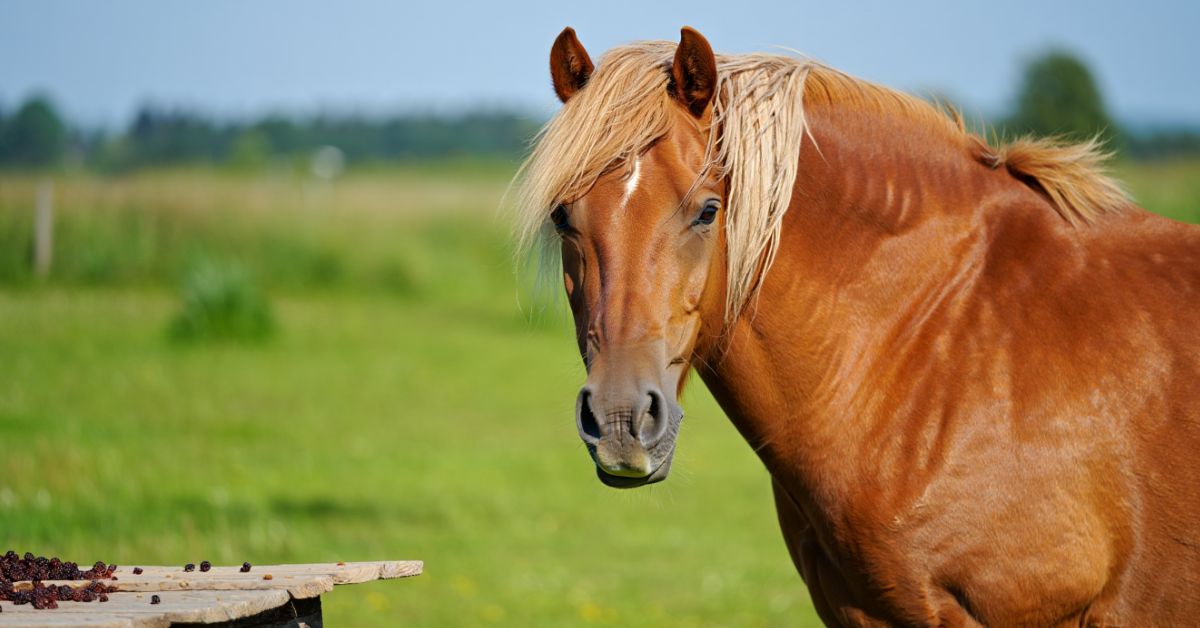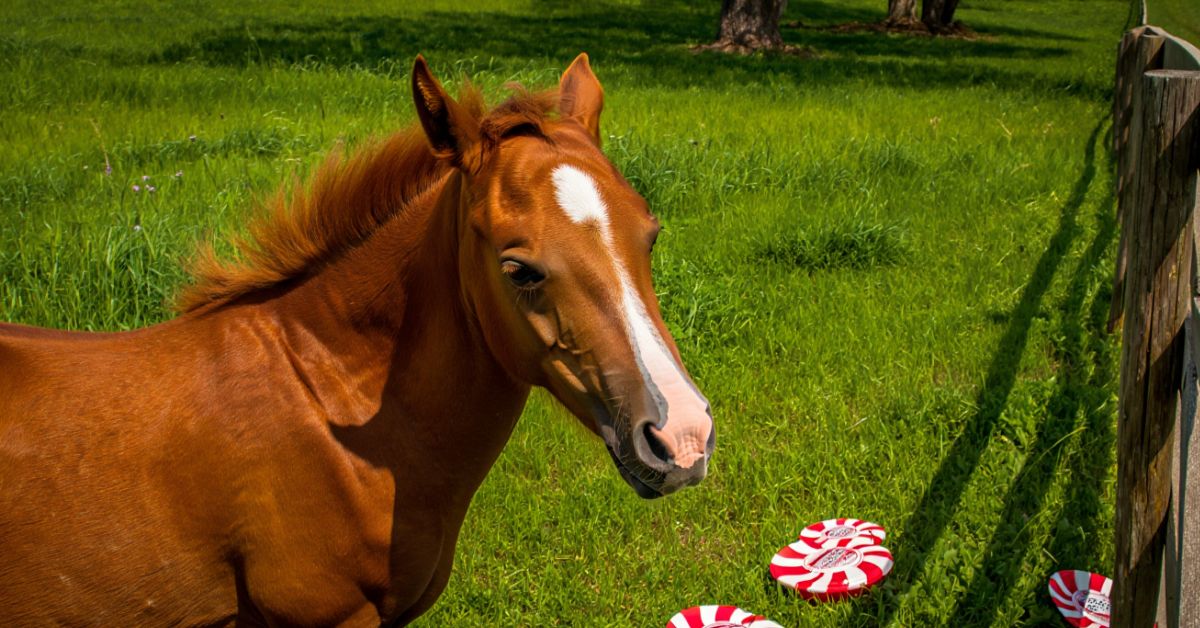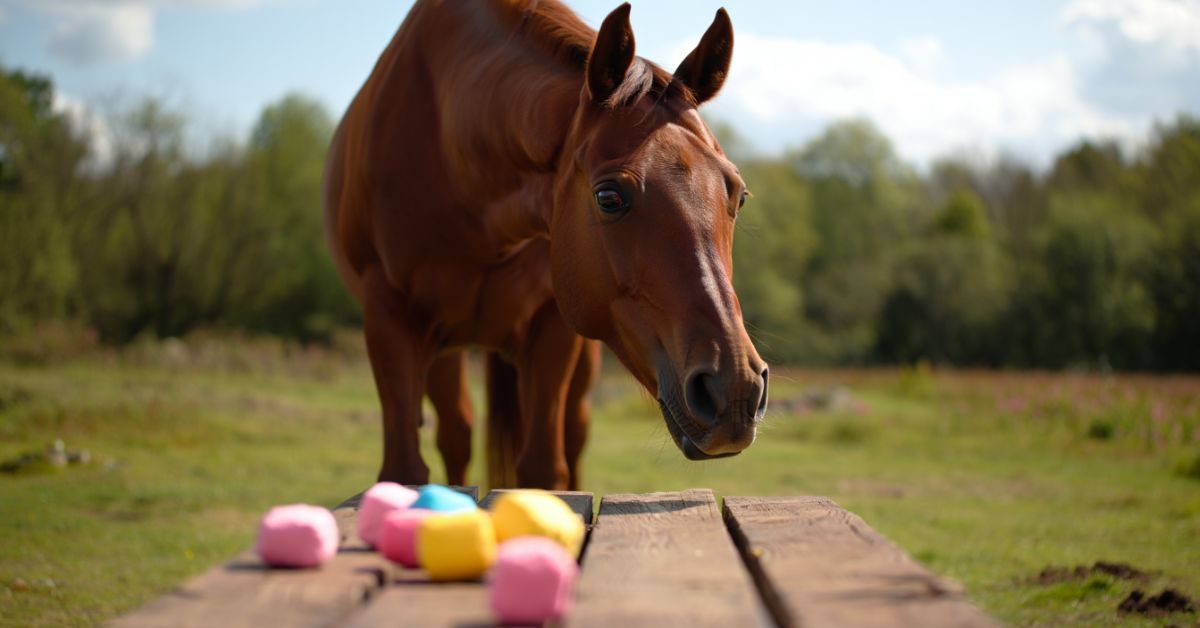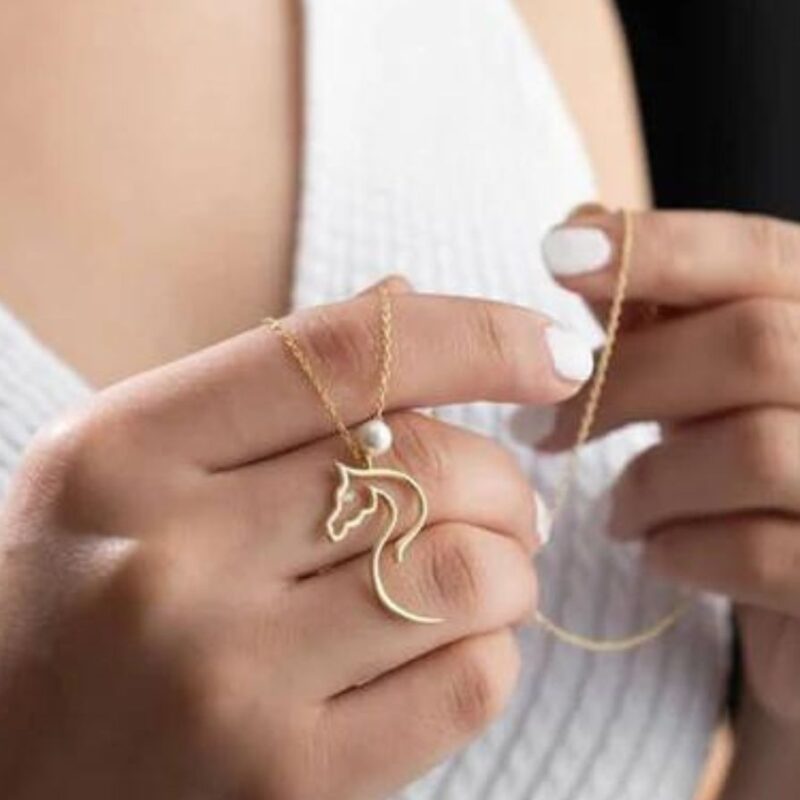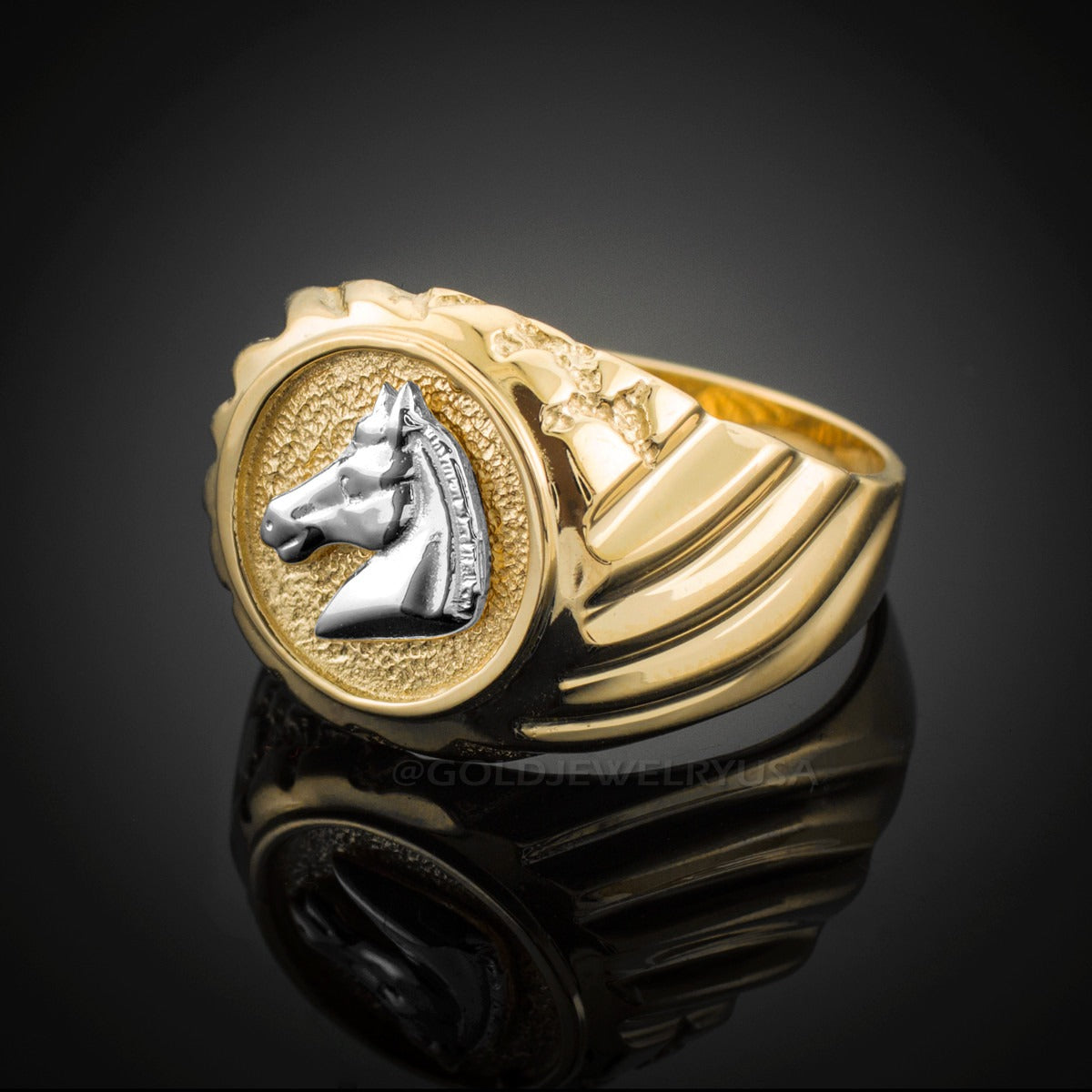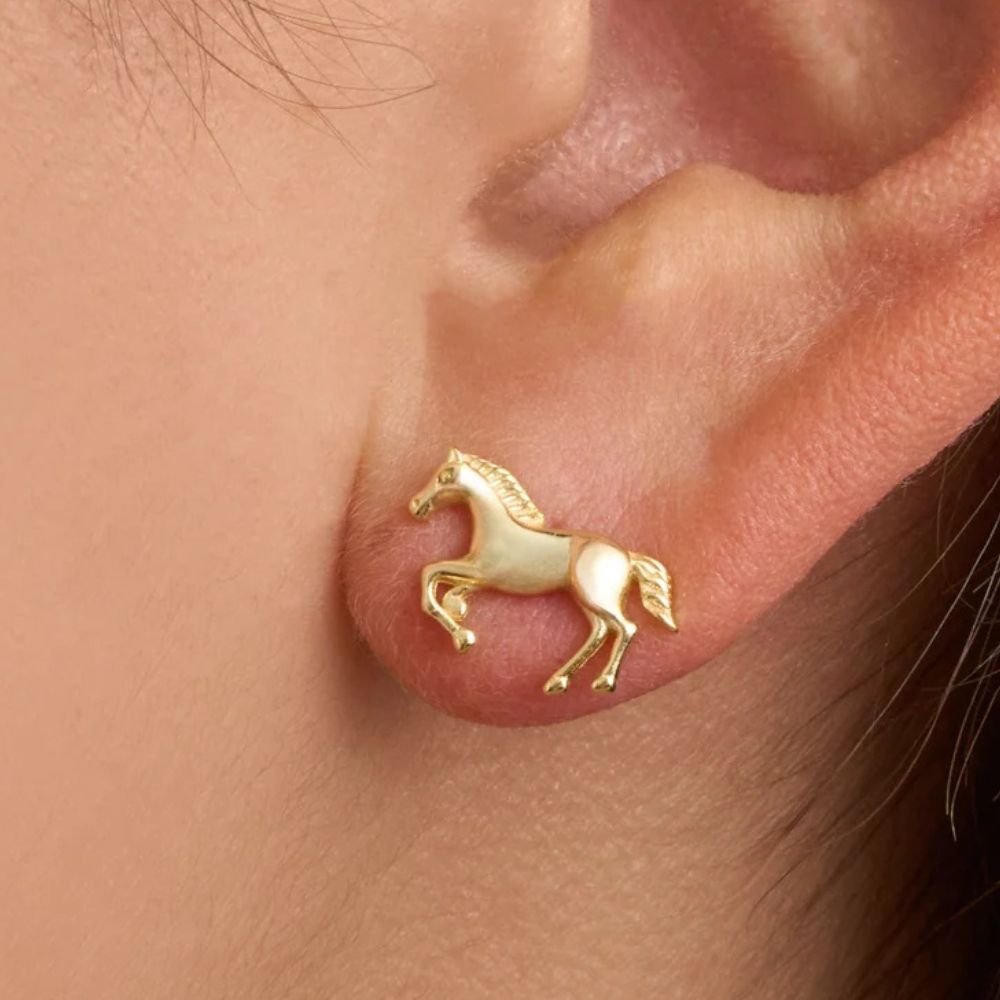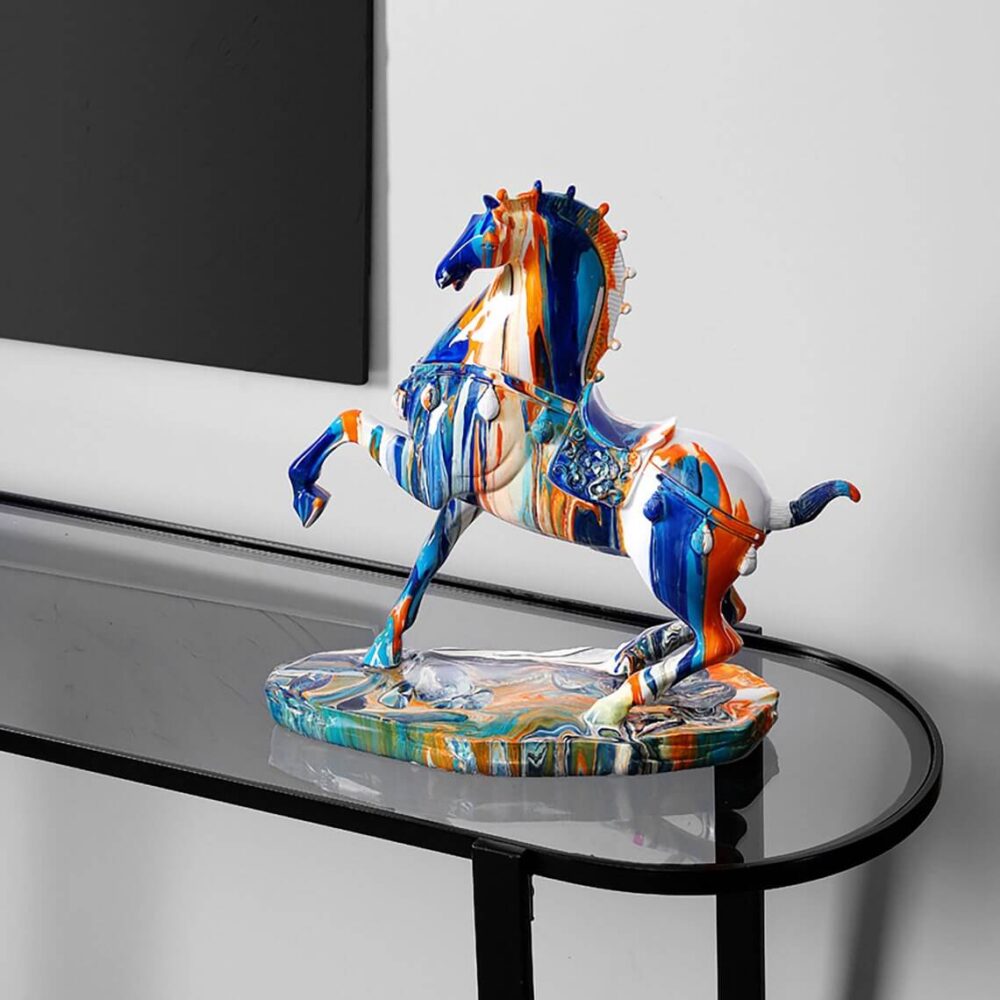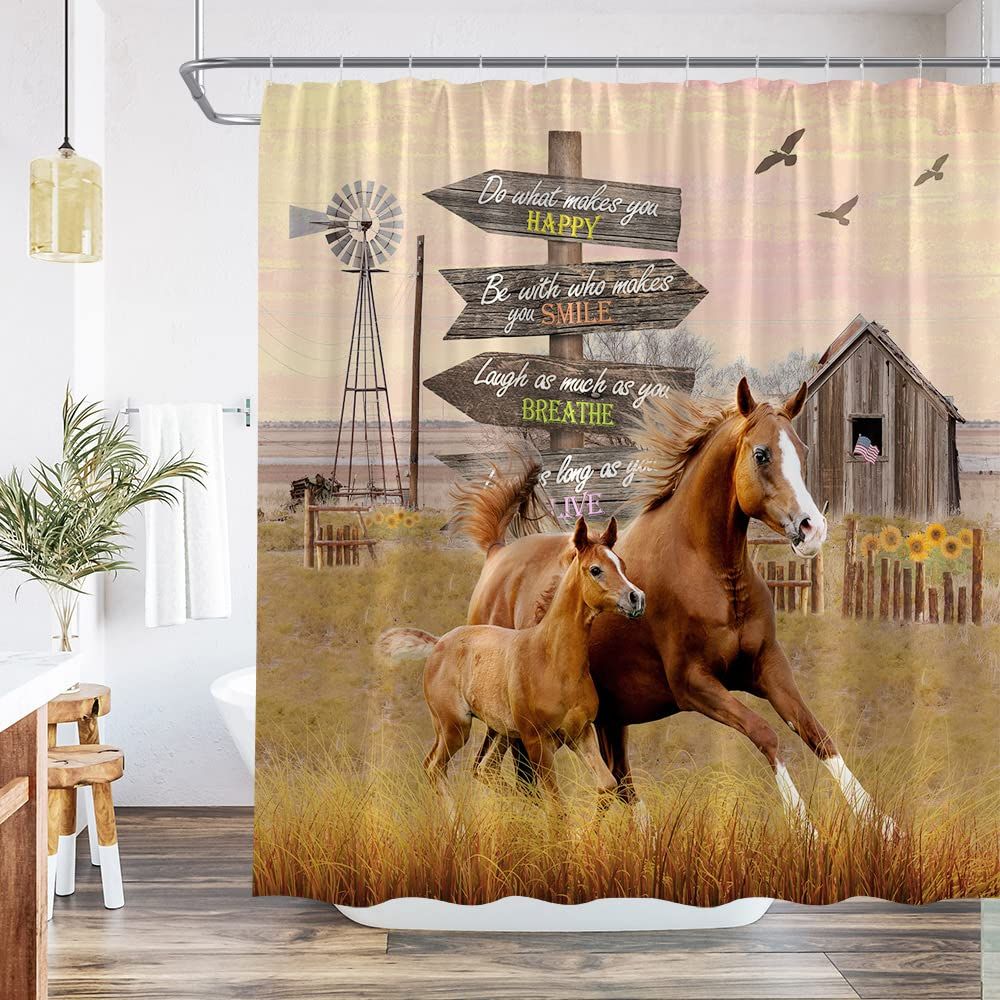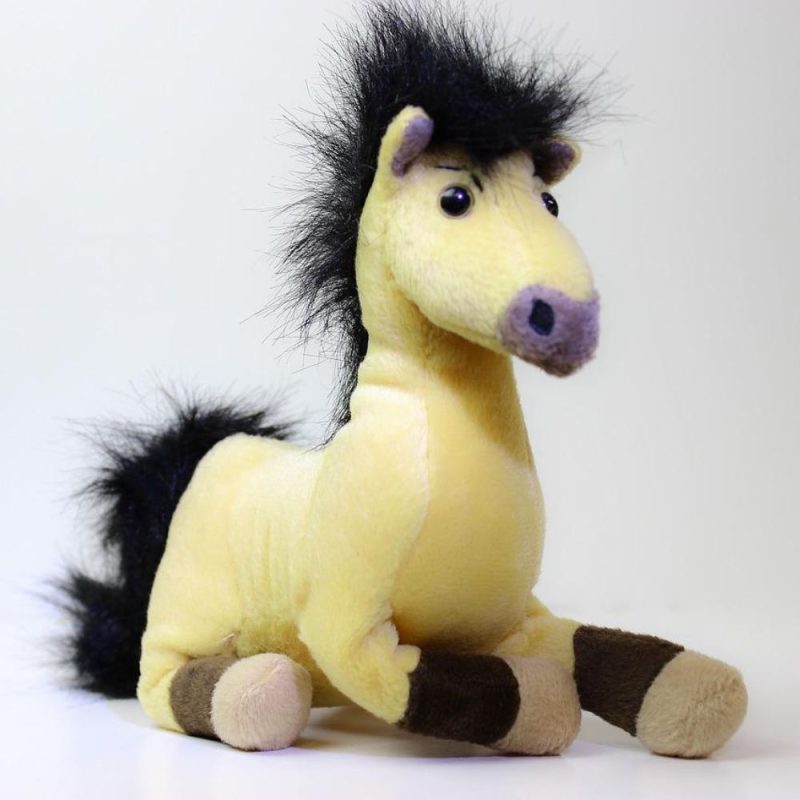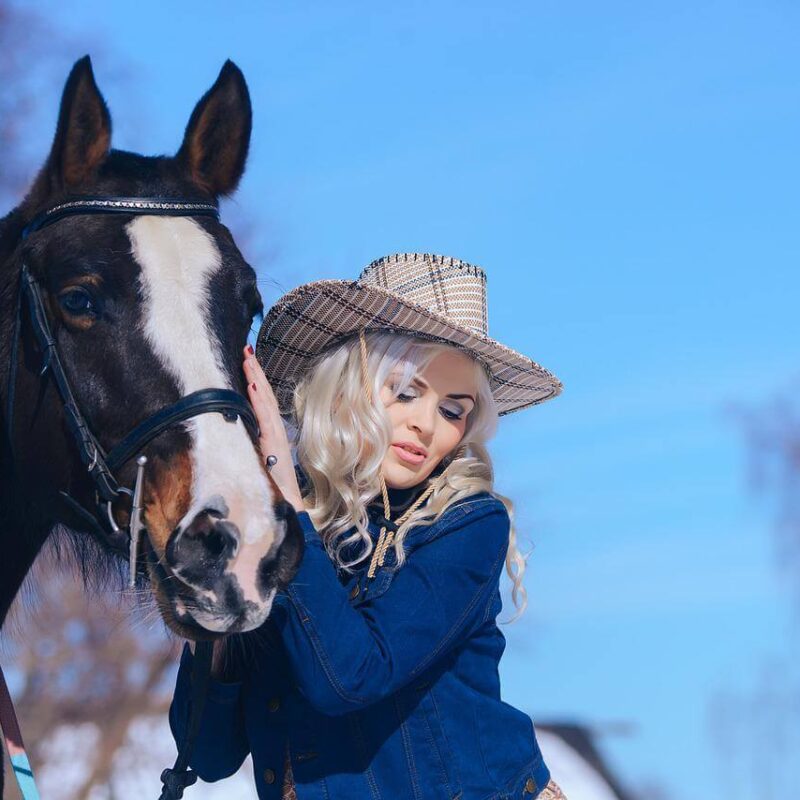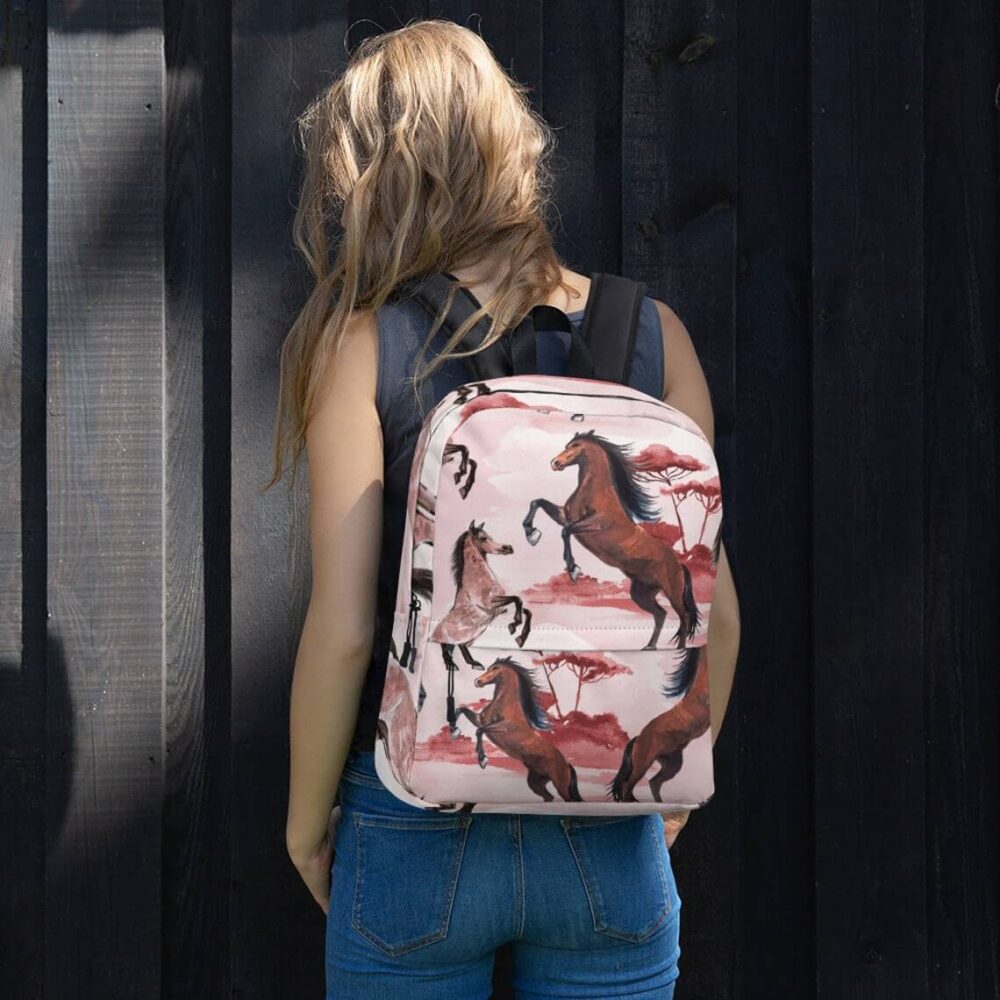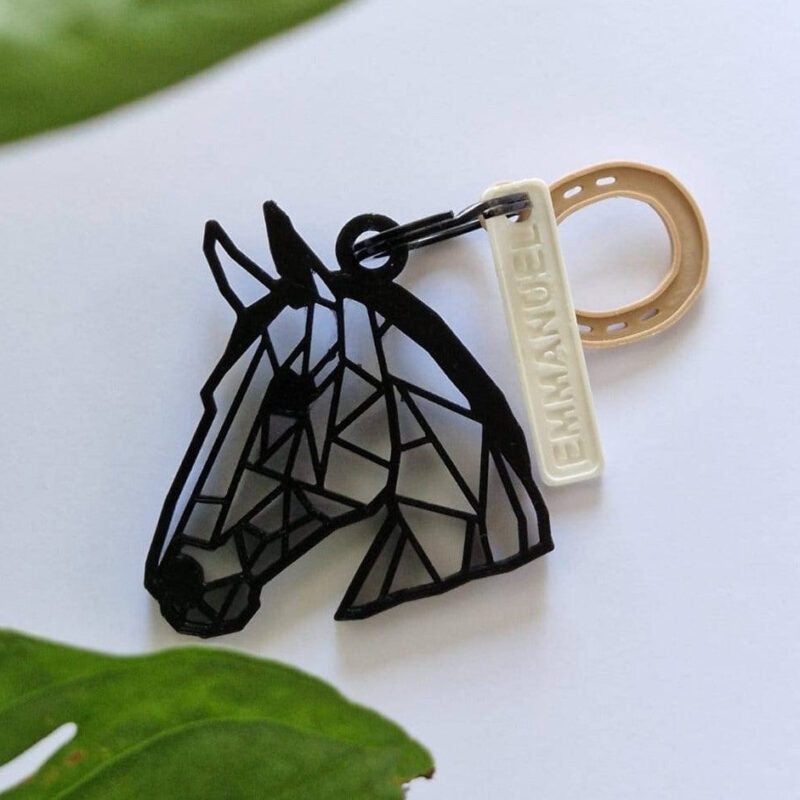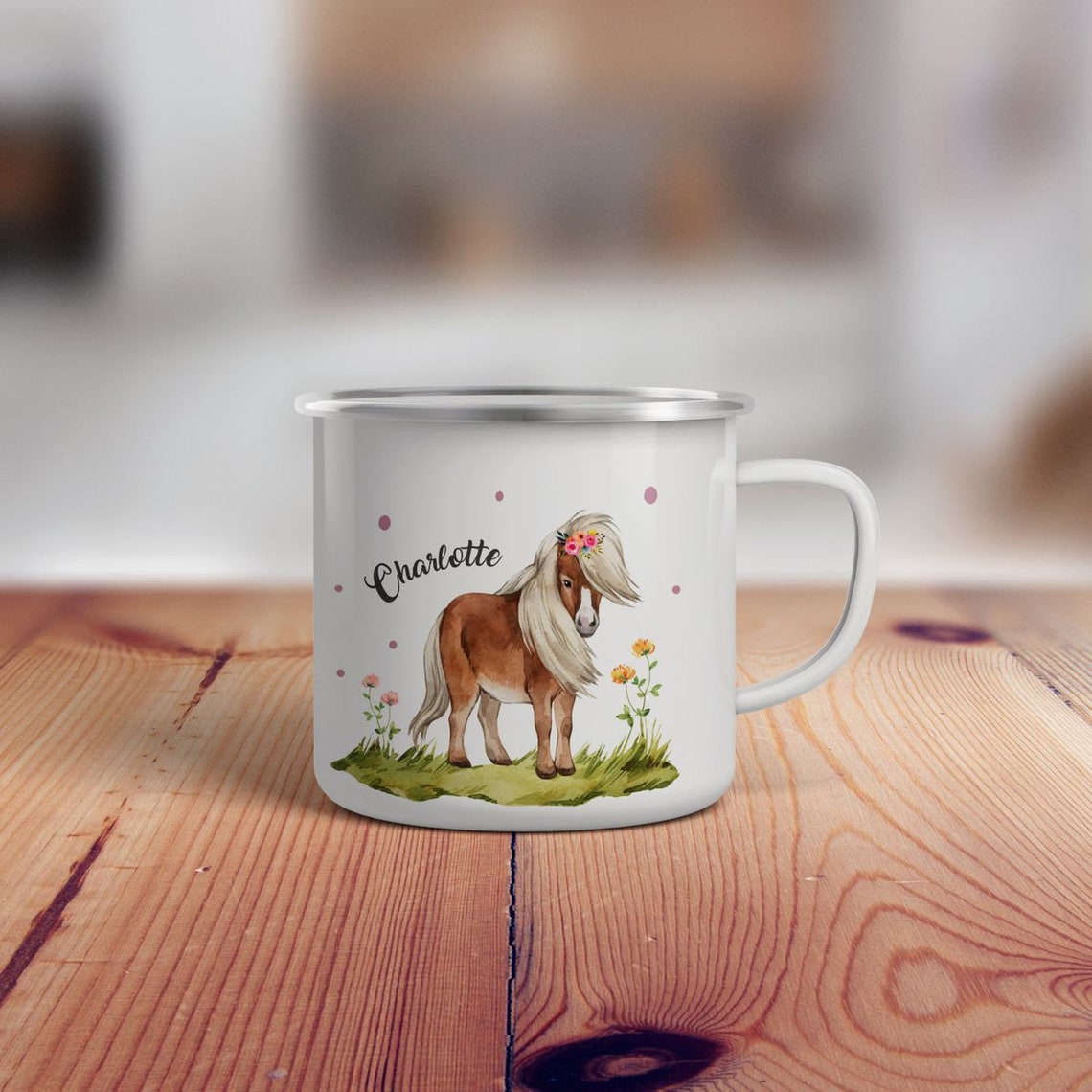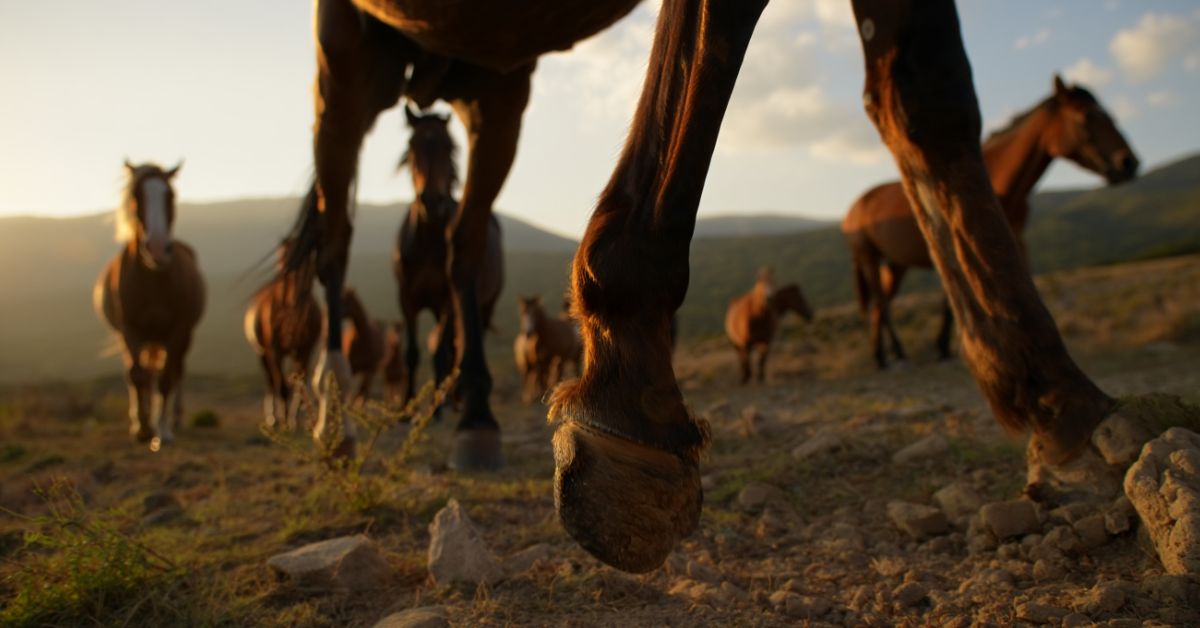
What Happens to Wild Horses Hooves: The Natural Hoof Care Secret
Ever wondered what happens to wild horses hooves when there's no farrier around for miles? Here's the fascinating truth: wild horses maintain perfectly healthy hooves through constant movement across diverse terrain. Their natural hoof care system relies on a delicate balance between hoof growth and wear—something that's taken millions of years to perfect. Mustang hooves naturally self-trim as these magnificent creatures travel 15-40 miles daily across rocky ground, sandy plains, and rugged landscapes. The abrasive terrain acts like nature's own filing system, wearing down the hoof wall thickness at precisely the same rate it grows. This wild horse hoof model has become the gold standard for understanding natural abrasion and has revolutionized how we think about barefoot trimming model approaches for domestic horses. Unlike their domestic counterparts who often struggle with overgrown hooves and require regular farrier visits, feral horses showcase nature's brilliant design for hoof self-trimming 🌿.
The Amazing Science Behind Wild Horse Hoof Health
Wild horse hoof health represents one of nature's most perfect self-maintaining systems. When you observe feral horse hooves in their natural habitat, you're witnessing millions of years of evolution of horse hooves at work. Back in 2019, researchers at the University of Wyoming published groundbreaking findings showing that wild horses maintain optimal hoof angles and balance without any human intervention whatsoever.
The secret lies in understanding hoof growth and wear balance. A wild horse's hoof grows approximately 6-8 millimeters per month—that's roughly a quarter-inch. Now here's where it gets interesting: their daily movement patterns create the perfect wearing mechanism. Dr. Jaime Jackson, a renowned expert on natural hoof care, observed in his landmark studies that "The wild horse's hoof is a masterpiece of natural engineering, perfectly adapted to its environment through constant motion and varied terrain."
Understanding Hoof Anatomy in the Wild
Hoof anatomy (wild) differs significantly from what you'll see in stabled horses. The hoof sole protection in mustangs is considerably thicker—sometimes up to 15mm compared to the 10mm you'd typically find in domestic horses. This isn't random; it's a direct response to the rocky ground hoof wear they experience daily.
The frog function (wild horse) is particularly fascinating. This V-shaped structure on the bottom of the hoof acts like a shock absorber, and in wild populations, it's constantly engaged with the ground. This creates better circulation, healthier tissue, and what experts call naturally conditioned feet. When a wild mustang steps down, that frog makes contact, pumps blood through the hoof, and contributes to overall hoof resilience.
The Self-Trimming Phenomenon
Hoof self-trimming happens because of the incredible effect of terrain on hooves. Imagine you're a wild horse living in Nevada's Great Basin—your daily routine involves:
-
Traveling 20+ miles searching for water and grazing
-
Crossing abrasive terrain including volcanic rock, hardpan desert, and granite outcroppings
-
Climbing hills that naturally shape your hoof angle (wild) to optimal degrees
-
Moving across sand that polishes and conditions your hoof walls
This lifestyle creates what scientists call constant movement hoof benefit. The wear happens gradually, consistently, and in a pattern that mirrors the natural growth cycle. It's like having an invisible farrier working 24/7, except this farrier knows exactly how much to trim based on your individual movement patterns and the terrain you traverse.
The Role of Movement in Maintaining Perfect Balance
Wild horse mobility isn't just about getting from point A to point B—it's the cornerstone of their hoof maintenance (feral) system. Studies conducted in 2021 on Wyoming's Red Desert mustangs showed these horses move an average of 25 miles per day. That's not a leisurely stroll—it's purposeful movement across varied landscapes that creates optimal hoof wear patterns.
Think about it this way: if a domestic horse in a stall grows 7mm of hoof per month but only wears down 2mm through limited paddock movement, you've got a 5mm problem that requires human intervention. But a wild horse? They're growing that same 7mm while wearing down approximately 6.5-7mm through natural movement. The balance is nearly perfect, resulting in self-shaping hooves that maintain ideal hoof conformation without any lack of farrier intervention causing problems.
Domestic vs. Wild Hooves: Why There's Such a Huge Difference
The comparison between domestic vs. wild hooves reveals some eye-opening truths about how we manage our beloved horses. Your stable horse, no matter how well-cared-for, lives a completely different lifestyle than their wild cousins, and their hooves tell that story.
Lifestyle Impact on Hoof Quality
Wild horse lifestyle hoof impact creates hooves that farriers often describe as "textbook perfect." When researchers examined over 500 mustangs during a 2020 Bureau of Land Management roundup, they found that 94% had ideal hoof balance (natural) and showed no signs of lameness. That's an astonishing statistic when you consider that many domestic horses struggle with hoof issues despite regular professional care!
Your domestic horse typically lives in a much smaller area. Even with daily turnout, they might only move 2-5 miles per day on relatively soft ground. This limited movement on non-abrasive surfaces means their hooves don't experience the natural abrasion needed to match their growth rate. It's like comparing someone who hikes mountains daily to someone who walks occasionally on carpeted floors—the conditioning is completely different.
Terrain Makes All the Difference
The effect of terrain on hooves cannot be overstated. Wild horses don't choose flat, manicured pastures—they navigate:
Diverse Ground Surfaces:
-
Volcanic rock that creates gradual, even wear
-
Sandy washes that polish and smooth hoof walls
-
Granite slopes that build hoof wall thickness and strength
-
Hardpan desert that conditions the sole naturally
-
Creek beds with smooth river stones for gentle abrasion
Each terrain type contributes differently to hoof conditioning. The rocky ground hoof wear particularly stands out—it's aggressive enough to prevent overgrown hooves (in the wild) but not so harsh that it causes excessive hoof cracks (wild) or damage. Nature has spent millennia finding that sweet spot.
Compare this to your typical domestic horse pasture: relatively level, grass-covered, and soft. There's simply not enough abrasive quality to naturally wear down hooves at the rate they grow. This is why we need farriers every 6-8 weeks for trimming or shoeing.
The Movement Revolution
Here's something that'll blow your mind: equine hoof adaptation is incredibly responsive to lifestyle changes. When domestic horses are transitioned to track systems or larger pastures that encourage more movement across varied terrain, their hooves begin transforming within months. They develop thicker soles, stronger hoof wall thickness, and better hoof conformation—moving closer to the wild horse hoof model.
Several progressive horse facilities have adopted this knowledge since 2018, creating "paddock paradise" setups that mimic wild horse ranging patterns. The results? Horses that were previously dependent on shoes have successfully gone barefoot, developing naturally conditioned feet that handle diverse terrain without protection. It's not magic—it's simply allowing the horse's natural hoof growth rate (wild horses) to sync with their wear patterns through appropriate movement and ground surfaces 🏔️.
Natural Hoof Problems: Yes, Wild Horses Get Them Too
Let's keep it real—wild horses aren't immune to hoof issues. While their natural lifestyle prevents many common domestic hoof problems, hoof pathologies (wild) do occur, and understanding these helps us appreciate the complexity of wild horse hoof health.
When Nature's System Breaks Down
Laminitis in wild horses is rare but documented. A 2022 study of Nevada mustang populations found that approximately 2-3% showed signs of previous laminitic episodes. This is dramatically lower than the 10-15% prevalence in domestic horses, but it proves that even perfect natural conditions can't prevent all issues.
Hoof disease (wild population) typically occurs when:
Environmental stressors disrupt normal movement patterns—during severe droughts when horses concentrate around limited water sources, the lack of ranging movement can lead to overgrown hooves (in the wild). Suddenly, instead of traveling 25 miles daily across varied terrain, they're staying within a mile radius of water on softer ground. The hoof growth and wear balance gets disrupted, and problems emerge.
Genetic factors play a role too. Just like some domestic horses have naturally better hooves than others, some wild horses inherit hoof conformation that's more prone to issues. Underrun heels (wild horses) occasionally appear in populations with particularly soft ground conditions or when genetic lines carry predispositions for this conformation fault.
Injuries from extreme terrain can cause hoof cracks (wild) that sometimes lead to infections. While abrasive terrain generally maintains hooves beautifully, extremely sharp volcanic rock or sustained travel on very hard surfaces during drought can cause damage faster than the hoof can repair itself.
The Role of Seasonal Changes
Hoof growth rate (wild horses) actually fluctuates with seasons! Spring and summer typically bring faster growth (sometimes up to 10mm monthly) due to better nutrition and increased circulation from warmer temperatures. Fall and winter slow things down to maybe 5-6mm monthly.
Smart wild horses instinctively adjust their ranging patterns with seasons. Summer might find them at higher elevations with rockier terrain that provides more aggressive wear to match that faster growth. Winter ranging often covers slightly softer valley floors where wear naturally decreases to match the slower growth rate. It's an incredible example of equine hoof adaptation in action 🌱.
Natural Selection and Hoof Health
Here's the harsh reality: wild horse mobility is survival-critical. A mustang with severe hoof pathologies (wild) can't keep up with the band, can't escape predators, and struggles to reach water and food. Natural selection is brutally efficient—horses with poor hoof resilience or chronic issues don't typically survive to pass on those genetics.
This might sound cruel, but it's why wild populations maintain such consistently excellent hoof conformation and health. The horses you see thriving in the wild represent generations of selection for perfect natural hoof care capability. As wildlife biologist Dr. Sarah Martinez noted in her 2023 research paper, "Wild horse populations essentially self-select for optimal hoof genetics over generations, creating a population where the barefoot trimming model seen in these animals represents the pinnacle of natural hoof function."
How Wild Horse Hooves Inspire Modern Barefoot Trimming
The barefoot trimming model based on mustang hooves has revolutionized natural horse care since the late 1980s. Understanding what happens to wild horses hooves has given us incredible insights into how we should care for our domestic horses' feet.
The Wild Horse Trim Philosophy
When farriers and trimmers study the wild horse hoof model, they're not just looking at shape—they're examining function. A properly executed wild horse trim considers:
Hoof angle (wild) typically ranges from 48-54 degrees at the toe, with the angle of the hoof wall matching the angle of the pastern bones. This creates optimal impact absorption hooves that reduces concussion traveling up the leg. The hoof wall thickness tapers from approximately 10-12mm at the toe to 8-9mm at the quarters, gradually thinning toward the heels.
Frog function (wild horse) becomes central to the trim. Instead of trimming the frog back (common in traditional farriery), the wild horse model maintains robust frog tissue that makes ground contact. This preserves the natural pumping mechanism that improves circulation and hoof conditioning. A healthy wild horse frog might extend 3-5mm below the hoof wall—something that would horrify traditional farriers but is perfectly normal in feral horse hooves.
Hoof sole protection is maximized by leaving the sole completely alone. Wild horses don't have anyone digging out their soles, and as a result, they develop thick, calloused soles (sometimes 15mm+) that protect sensitive internal structures. Modern barefoot trimmers have learned that the sole exfoliates naturally—it doesn't need thinning.
The mustard-seed-shaped hoof balance (natural) seen from the bottom shows slightly wider at the quarters than the toe, with a rounded toe that mirrors the wear pattern created by natural breakover. There's no artificial squaring or shaping—just the organic form created by the horse's movement 🔧.
Real-World Success Stories
Since implementing wild horse-inspired trimming protocols in 2019, hundreds of domestic horses have successfully transitioned from shoes to barefoot. Take the example of a 15-year-old Warmblood that had worn shoes continuously since age 3. After transitioning to the barefoot trimming model and increasing daily movement, this horse developed naturally conditioned feet that handle trail riding, arena work, and even jumping—all without hoof protection.
The key was understanding that hoof growth rate (wild horses) and wear must balance. This meant creating an environment encouraging 10-15 miles of daily movement across varied surfaces. Within six months, the horse's hooves transformed—developing thicker hoof wall thickness, stronger hoof sole protection, and better hoof conformation than they'd ever shown while shod.
Limitations and Realistic Expectations
Let's be honest: not every domestic horse can replicate wild horse hoof perfection. Equine hoof adaptation has limits, especially in horses with:
Chronic metabolic issues affecting hoof growth and wear balance (like Cushing's disease or insulin resistance), genetic conformational problems that wild horses would naturally select against, career demands requiring work on surfaces or at intensities that exceed their bare hoof capability, or living situations where adequate movement across appropriate terrain simply isn't possible.
But even horses that can't go fully barefoot benefit from wild horse-inspired trimming between shoeings. Maintaining natural hoof angle (wild) proportions, preserving frog function (wild horse), and avoiding over-trimming soles all contribute to healthier hooves, whether shod or bare.
Applying Wild Horse Wisdom to Your Horse Care 🎯
Understanding what happens to wild horses hooves isn't just academic—it has practical applications for every horse owner! Whether you're keeping your horse at home or boarding at a facility, you can incorporate elements of natural hoof care that support better hoof resilience and overall health.
Movement is Medicine
Constant movement hoof benefit is perhaps the single most important lesson from wild horses. You don't need 50,000 acres—you just need to encourage more movement. Here's how:
Rethink your horse's living situation. Traditional stalling with limited turnout contradicts everything we know about wild horse lifestyle hoof impact. Consider 24/7 turnout if possible, or at minimum, maximize daily turnout hours. Even switching from a 12x12 stall to a 24x12 run greatly increases natural movement.
Create a track system or paddock paradise setup. By placing hay, water, and shelter at different locations around your pasture or paddock, you encourage natural ranging behavior. Horses might travel an extra 2-5 miles daily just moving between resources—and that movement directly improves hoof conditioning and maintains better hoof growth and wear balance.
Design your property with varied terrain. If you're lucky enough to control your horse's environment, incorporate:
-
Gravel areas near gates or high-traffic zones
-
Sand sections for natural polishing action
-
A few large, smooth rocks for self-trimming
-
Harder packed areas alternating with softer ground
-
Gentle slopes that encourage varied hoof loading
This doesn't replicate rocky ground hoof wear identically, but it provides significantly more abrasive terrain than a flat grass pasture 🏞️.
Nutrition's Hidden Role
Wild horse hoof health isn't just about movement and terrain—it's also about nutrition. Mustangs on sparse western rangeland consume a high-fiber, low-sugar diet that's vastly different from rich domestic pastures. This impacts hoof growth rate (wild horses) and overall hoof quality.
Wild horses typically consume 2-3% of their body weight in forage daily, but that forage is lower quality and energy-dense than domestic pasture grass. Their diet is high in minerals from diverse plant species—sometimes 50+ different plants in their ranging area. This dietary diversity supports strong hoof wall thickness and resilient tissue growth.
For your domestic horse, this means:
Manage pasture access, especially on rich spring grass (hello, laminitis in wild horses prevention!), provide free-choice grass hay to mimic constant grazing, consider a mineral program that addresses gaps in your local forage, and limit grain and concentrates unless required for work or weight maintenance.
A horse on appropriate nutrition will develop better hoof conformation and show improved hoof resilience compared to one on a high-starch diet, even with identical movement patterns.
Work With the Right Professionals
Finding a farrier or trimmer who understands the wild horse hoof model makes all the difference. Look for professionals who:
Talk about hoof balance (natural) rather than arbitrary measurements, preserve frog function (wild horse) instead of excessively trimming frogs, understand hoof anatomy (wild) and apply those principles appropriately, and can explain their trimming choices in terms of function and natural wear patterns.
The right professional will partner with you in creating better natural hoof care for your horse. They'll discuss movement, terrain, and lifestyle factors—not just what they do during the trimming appointment.
Connect With Your Passion
At Dream Horse, we understand that equine hoof adaptation and natural horsemanship represent more than just management techniques—they're a philosophy that honors the horse's true nature. Express your commitment to natural horse care with our carefully curated collection of equestrian jewelry featuring wild horse motifs 🐎.
Our mustang-inspired pieces celebrate the freedom and resilience that feral horse hooves represent. Whether you're wearing a wild horse pendant or displaying our stunning equestrian sculptures in your barn, you're showing your dedication to understanding and respecting these magnificent animals' natural wisdom.
Check out our gifts for horse lovers collection featuring wild horse themes that remind us daily of nature's perfect design. Every piece tells the story of natural abrasion, self-shaping hooves, and the incredible journey of understanding what happens to wild horses hooves in their natural environment 💝.
Frequently Asked Questions on Wild Horse Hoof Care
How do wild horses maintain their hooves without a farrier?
Wild horses maintain their hooves through hoof self-trimming—a natural process where constant movement (15-40 miles daily) across abrasive terrain wears down hooves at the same rate they grow. The rocky ground hoof wear acts like nature's file, creating perfectly balanced hooves without human intervention. This natural abrasion process has worked for millions of years and demonstrates ideal hoof growth and wear balance.
Do wild horses ever have hoof problems?
Yes, but rarely. While wild horse hoof health is generally excellent, hoof pathologies (wild) can occur. Laminitis in wild horses affects 2-3% of populations, and hoof cracks (wild) or underrun heels (wild horses) occasionally appear due to genetic factors, extreme environmental conditions, or injuries. However, the incidence of hoof disease (wild population) is dramatically lower than in domestic horses—typically under 5% compared to 30%+ in domestic populations.
What terrain is best for natural hoof conditioning?
The ideal terrain mimics wild horse habitats: varied surfaces including rock (for aggressive wear), sand (for polishing), hard-packed dirt (for conditioning), and some softer ground (for comfort). Abrasive terrain like volcanic rock or granite provides excellent hoof conditioning without causing excessive damage. The key is diversity—different surfaces work different parts of the hoof and create the balanced hoof wear patterns seen in mustang hooves.
Can domestic horses achieve wild horse hoof quality?
Many can, but it requires lifestyle changes. Domestic horses need increased daily movement (10+ miles ideal), access to varied terrain that encourages natural abrasion, appropriate barefoot trimming model maintenance, and nutrition supporting healthy growth. Given these conditions, equine hoof adaptation allows many domestic horses to develop naturally conditioned feet approaching wild horse quality within 6-12 months. However, horses with metabolic issues or certain conformational problems may never achieve full wild horse hoof quality.
How long does it take for a domestic horse to develop wild horse-style hooves?
Hoof growth rate (wild horses) patterns suggest it takes approximately 9-12 months for a complete hoof capsule to grow out. However, visible improvements in hoof conformation, hoof wall thickness, and hoof sole protection typically appear within 3-6 months of lifestyle changes. The timeline depends on the individual horse's starting point, movement levels, terrain access, nutrition, and genetics. Patience is essential—remember that feral horse hooves develop over a lifetime of optimal conditions, not overnight!
Embrace the wisdom of wild horses and celebrate their incredible natural design. Visit Dream Horse today to discover our collection of wild mustang-inspired equestrian jewelry and décor that honors these magnificent animals' spirit and resilience. Express your style while showing your dedication to natural horsemanship! 🌟




